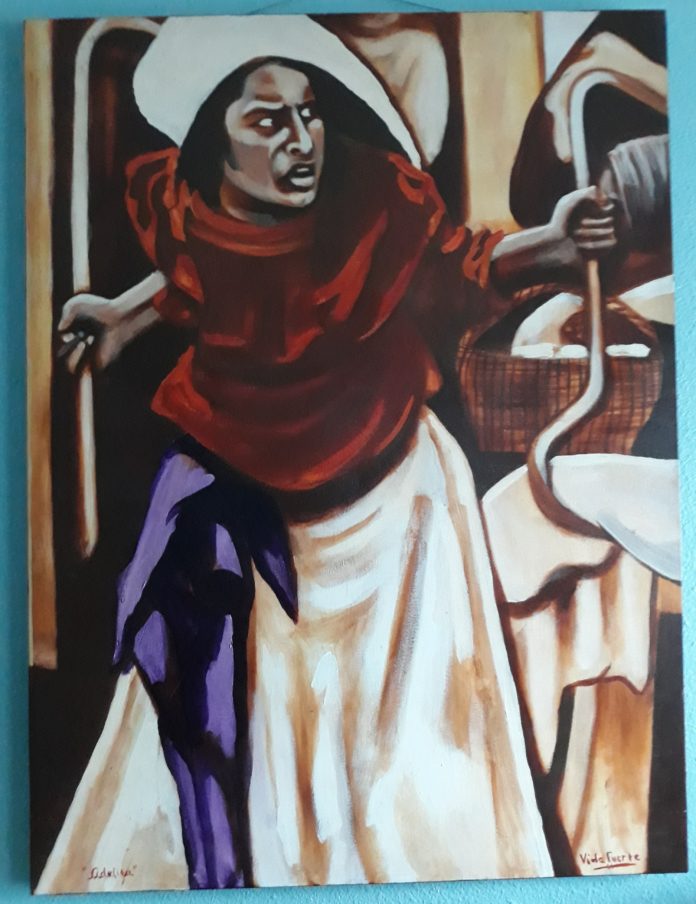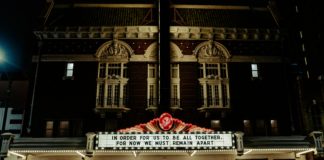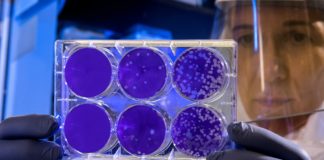As the grip of COVID-19 tightens most firmly around the most vulnerable communities, both within our city and around the world, I really have two questions toward the future. One, I’d like to know just what we mean by this newly popular adjective “resilient,” or its form as a noun, “resilience.” It seems to be on every journalist’s, academician’s and politician’s lips. Second, will we back up our newfound aspiration to become more “resilient” with the building blocks of “resilience?” Resilience can only exist if it is constructed atop equity, justice, shelter, food security, job security, access to health care and so much more.
Growing up in poverty in East Austin, Texas we felt pretty resilient, even if we never knew the word. Resilience meant walking on unpaved roads, limited street lighting, segregated schools, substandard housing and other inequities. As a child and teenager, experiencing the 1950’s and 60’s, it was a time when the seasons were very clear to me. Regarding the winter season, my mother would always say in the month of February, “Febrero loco y Marzo un poco poco,” which meant February could be crazy cold and harsh and March could be a little of the same. What was so strange during my early years, was that I didn’t even know I was living in the category classified as “poverty.” My third-grade teacher told me that I lived in poverty and I asked her, what does that mean? She told me that it meant my family was poor. I responded, “That’s not true, because my mother always says, “la familia es la riquesa”, which means “we are rich because we have a large family.” Not only was I confused with my teachers’ statement, she was startled by my response.
Today, even before COVID-19, in the discussion circles of climate change, sustainability, foundations and academics, I hear the constant use of the words, resilience and resilient communities. Resilient communities are those who can address their own strategic needs in the face of climate, economic, and social changes. In the face of COVID-19, the most vulnerable communities are those which include the poor, the working poor, and communities of color who are being buried by climate health impacts, loss of jobs, food and housing insecurity. Yet, we are expected to be resilient without resources, without direct funding and without control of funding.
Yes, Austin has done more and acted sooner than many cities. We cancelled SXSW. We were the first city in Texas to issue “shelter at home” directives. We’ve taken steps to house the homeless, the city has budgeted $15 million for yet-to-be-defined relief and the Austin Unified School District is moving school buses equipped with WiFi into neighborhoods where children can gather around somehow to do their lessons online. Is this admirable? Yes. Is it weak and late? Yes again. And it’s a response that reflects, in my mind, not a commitment to building resilience so much as it reflects the long neglect and lack of commitment to the meaning of this term.
Let me illustrate what I mean with a bit of history. In May 2004, a coalition made up of the Austin City government, nonprofits and commercial organizations created the “Austin Wireless City Project,” to provide free WiFi access in four parks that are all west of Interstate 35 (considered the racial divide between whites and people of color). Later, WiFi was made available in the city’s public libraries and community and recreation centers. During the COVID-19 outbreak, all public libraries, community and recreation centers were closed, and people lost their only free access to know what’s happening in the city, state, nation and the world. The City of Austin has forgotten that there is still a digital divide. Instead of making free WiFi available in West Austin parks, the city should provide free WiFi in its impoverished communities. Most information and updates on COVID-19 are on the internet. Resilience should not be the word used in discussion circles. Equity is the word that will bring fairness and justice. That 16 years after Austin’s much-celebrated “Wireless City Project,” we are having to ask children to hold class outside, around parked school buses, says volumes about this city’s neglect of equity.
On April 3rd, the Center of Disease Control and Prevention, or CDC, recommended that everyone should wear a face mask. As I drove through my impoverished community, I see so many people not wearing a face mask. Why isn’t the city government distributing face masks with instructions to the community? COVID-19 is already impacting East Austin residents both in terms of the burdens caused by the cancelling of SXSW and the near-complete city shutdown. The early evidence is that the spread of the disease is already reaching most deeply into our communities of color, as it certainly is in cities around the country such as New York, Chicago and Detroit. We need to prevent a repeat of this in Austin. Or will we in the most vulnerable community be blamed for not being resilient in the face of COVID-19?
As governments, corporations, foundations, and rich individuals provide funds to address COVID-19, will there be equity in the distribution of those funds? Will there be transparency and monitoring of the funds? Will the resilient communities receive funding to address their own strategic needs in the face of climate, economic, and social changes? Will our voices be heard? Will our pain be felt?
Or will we just be expected to be resilient?
If you like what you’ve been reading, please click here to subscribe and we will send you updates and our newsletter.






